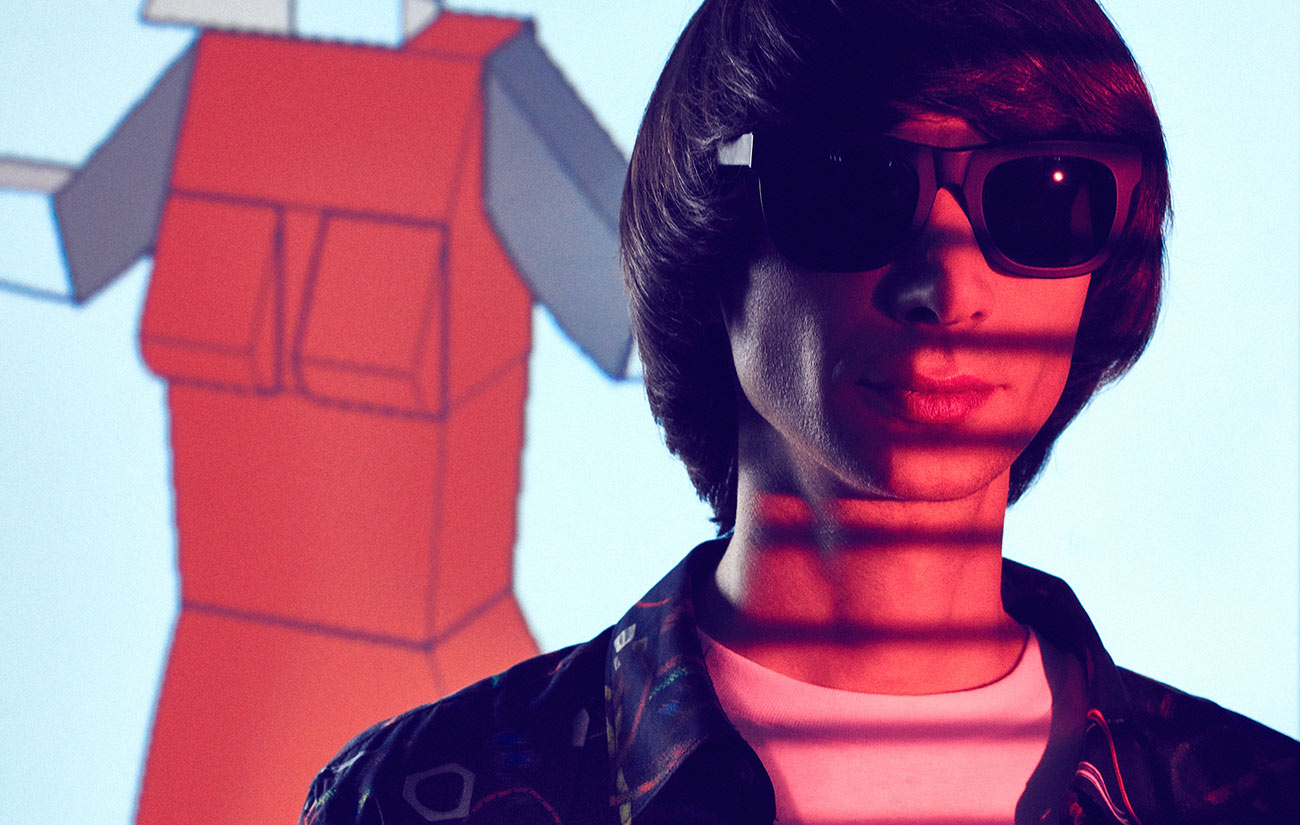


What is public art? Which artworks in this genre inspire you?
It is art in a public space that is approved and financially supported by authorities or companies. This art encompasses sculptures, murals, installations, projections, art performance pieces, etc.
I am inspired by well-crafted massive projects. I was greatly impressed by the scope, wide geography, and variety of materials displayed in the sculptures of Florentijn Hofman, Kaws, and Xavier Veilhan. I also like the murals by Vladimir Manzhos (Waone) and Alexey Bordusov (Aec). Their technique, attention to detail, and thoughtful content are truly dazzling. In my opinion, these are the finest artists of the “street wave” within post-Soviet countries. I would also like to note the installations and concept murals by Spanish artist Spy. His approach to public spaces is very much idiosyncratic. I frequently demonstrate pieces by these artists during my lectures.
What qualities must art created for public spaces possess?
Foremost, it must surprise. I would like for art to be accessible and familiar to both the learned critique and the regular passerby. Public art must also be done well in terms of quality and must be created for a specific open space.
When did you first begin considering working on a public art project?
I think that I began considering massive murals about 15 years ago, sculptures – 5-6 years ago. I can state with reasonable certainty that this is the timeframe of my work in those areas. I created my first murals on building walls in Vyksa, Salavat, and Moscow in 2013. The first urban sculpture based on my design was created in 2019 for INTECO. Before then I created sculptures only for exhibitions and biennales.
Tell us a few words about the piece you created for the Red Garden exhibition.
The title of my sculpture is After Makosh. The image of a woman supporting the sky is a universal metaphor for the important place women occupy in the world. The word “after” refers to the fact that the feminine remains unchanging, despite the changes in religion, worldview, and social regime.
When I became a father, I fully understood how much strength and patience are required from women who are preparing to become mothers. I grew to respect them even more. I return to this theme in my works from time to time.
What are the main qualities of a truly contemporary artist, in your opinion?
Strong motivation, complete worldview, the desire to create something new with one’s knowledge, the ability to reach the audience through one’s work. Also discipline, a sense of responsibility, and the ability to communicate with other people.
What themes or ideas are especially important for you in art?
The internal links that form within art of various epochs and the understanding of the ideas that artists and people who wrote about artists or who inspired artists are especially important for me.
I see art as an instrument in gaining an understanding of the world and my place in it. To create, one must understand what one wishes to tell the audience through artworks. This requires the artist to be a fully developed person with a precise view of everything. I would say that the main theme of art, in my opinion, is the search for humanity’s place and goals in this world.
What feedback on your artworks are you expecting?
All feedback is valuable, because the audience loses much focus due to the influx of information. I am overjoyed when my projects serve as inspiration for other people to create something of their own.
Is there a certain location where you would want to install your public art piece?
I never considered this question. I think that suitable locations will appear over time. The most important thing is to continue working in the right direction. I receive many offers to create sculptures for public spaces. We’ll just have to wait and see what comes out of them. Right now, I am mostly thinking in terms and materials and technologies that can be used to create objects. For example, I would love to do a piece in the form of a balloon.


